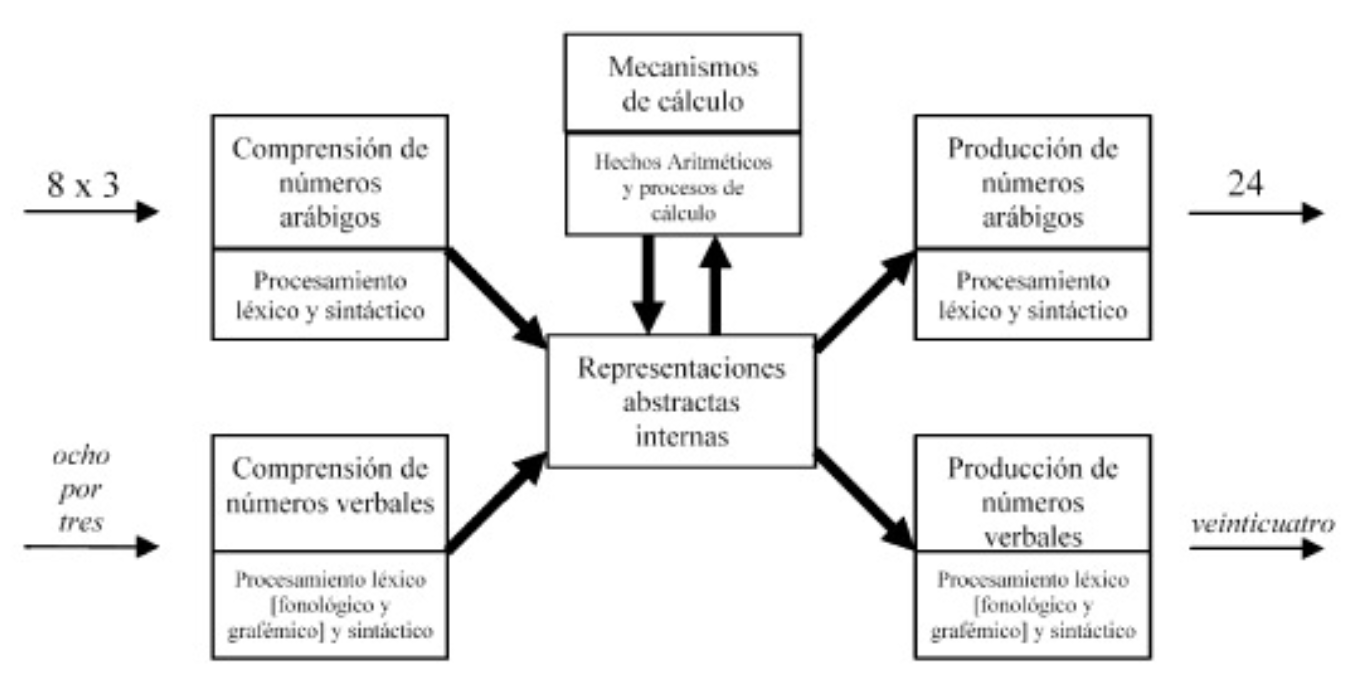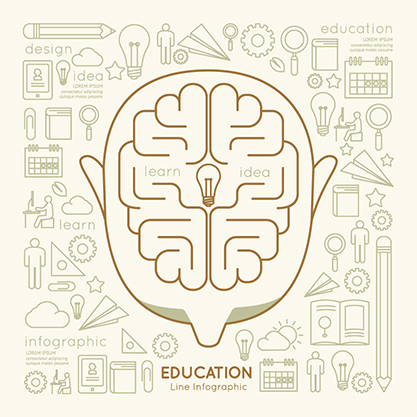How can we ensure that a student’s socio-economic and cultural background does not condition and determine their cognitive level? How can educational solutions that catalyse the transformation of society and serve to educate citizens of the future on equal terms for all be developed?
Ernesto Fernández, neuroscientist and CEO of iteNlearning, a network of laboratories for the implementation of technology in education, is sure of the answer: “the aim of education is to enable each person to achieve the best version of themselves through all the tools available to them. Education systems exist so that intelligence is not just down to a game of chance, but they face so many difficulties in keeping up with the times that, in the end, the effect of schooling in this regard is very low.” This problem is further intensified in the most vulnerable contexts where educational resources are scarce.
That is why iteNlearning is working to find a way in which the fundamental objective of education (that each person can achieve the best version of themselves, regardless of their personal socio-economic circumstances) is easier to achieve. They have done so by combining neuroscience and technology (specifically, Artificial Intelligence and data science) to create various tools to make it easier for us to break the education gap, giving all students equal access to optimal learning opportunities and experiences.
For this to be the case, neurodevelopment (and not educational curricula) forms the basis of their system. For those unfamiliar with the term, neurodevelopment is the dynamic process that occurs due to our interaction with the environment and results in the organic and functional maturing of the brain, the development of cognitive functions and the construction of personality. From here, and from the construction of a referential framework that guides us through the process, a technology is built that can be used as an educational tool. This instrument must have five fundamental characteristics:
- Scientific evidence.- It is based on scientific evidence. It uses neuropsychological models, cognitive and epistemological models etc., which have been constructed in the corpus of science.
- Validation.- This technology must have been validated. A correct analysis of whether it corresponds well to these models and whether it works when we put it into operation is necessary.
- Adaptive learning on three levels – The instrument works following an adaptive learning system (which works according to the student’s processes, until they have achieved them) on three levels: learning from error, memory curves and personalised plans that respect each student’s process.
- Learning analysis: This enables teachers, families and authorities to understand how the student’s neurodevelopment is working.
- Gamified metacognition.- We have to get the student to understand what is happening. That they are able to structure and learn because they understand it.
How has iteNlearning adapted this proposal to the teaching of maths? Firstly, as we have already pointed out, they have based it on scientific evidence. In this case, they use, among others, the calculation model and the processing of numbers by McCloskey, Caramazza and Basili. This model, which dates back to 1985, is the first serious attempt to describe the psychological processes involved in numeric and arithmetic processing from the perspective of cognitive neuropsychology (Damas López, 2009).
Figure 1: Diagram of the McCloskey Model.

Source: Damas López, 2009.
As we explained in a previous post, from here, a technological model in which the following components or cognitive processes are developed is posed:
- A number processing system, which includes a comprehension subsystem and a production subsystem.
- A calculation system, which includes a subsystem for mental calculations and a subsystem for algorithmic calculations.
Both systems include the ability to understand mathematical signs, access to basic arithmetic facts or results (tables, basic sums, etc.) and the mastery of algorithms for basic calculations. In this way, it contributes to a new educational approach whose priority is to bring the world of neuroscience closer to schools.
Figure 2: Neuropsychological model of calculation, adapted from McCloskey, Caramazza and Basili’s “Calculation model and number processing”.

Source: IteNlearning.
Teacher Training
Another crucial factor in iteNlearning is teacher training. The implementation of the proposal must be accompanied by initial teacher training to enable teachers to make better use of the project’s tools. Thus, comprehensive digital training materials are made available to the participating educational community which, in addition to offering the initial guidelines for setting up the initiative in a given context; it also explores the possibilities of intervention from three crucial profiles in any educational proposal: students, teachers and families.
Evaluation
In the last point, the solution has a tool for the diagnostic evaluation of the students’ mathematical competence, in addition to the personalised work plan for each individual student. This plan is recursive and involves continuous and ongoing assessment and is therefore constantly being reconfigured according to the students’ performance. It is produced in the student’s own work environment, generating analytic-based learning on the neurodevelopmental competence in mathematics, which can be subsequently reviewed by teachers in various kinds of reports.
What has been the result of the implementation of these educational tools developed by iteNlearning to date? According to Ernesto Fernández, its system produces the following benefits:
- It is specifically adapted to the needs of each student.
- Results are achieved more effectively and efficiently.
- Social and cultural conditioning is reduced considerably. It has proven to be an affordable and economically viable method for all. In addition, by reducing the amount of time the student has to spend on acquiring basic skills, more time can be devoted to higher-thinking and creativity processes.
ProFuturo Mathematics and Data Analytics
Based on this model that combines science and technology, in collaboration with ProFuturo, iteNlearning has developed ProFuturo Mathematics, a Professional Educational Tool for the development of specific cognitive processes in the subject of maths for students from 8 to 12 years of age, deployed in more than 20 countries for more than 10 million students. In addition to all the features present in iteNLearning’s educational tools, it incorporates an important data analytics component that will allow not only the continuous evaluation of the student, but also the development of advanced learning analytics, which will perform a “scientific” study of our students starting point and their progress, as well as the specific success of the different work dynamics established in the project.
REFERENCES
Damas López, J. (2009). ¿Qué código subyace a las Multiplicaciones? Evidencias de una tarea de magnitud con priming enmascarado. Escritos de psicología. Vol. 2, No. 3. August, 2009. Pages: 27-34. In http://www.escritosdepsicologia.es/esp/numanteriores/vol2num3/vol2num3_4.html
Guilabert, I., Torres, M. and Ferrández, E. (2018). El neurodesarrollo competencial en educación infantil: por qué, cómo y qué. 1st Conference on Early Childhood Education and Neuroscience. Madrid, Spain.






